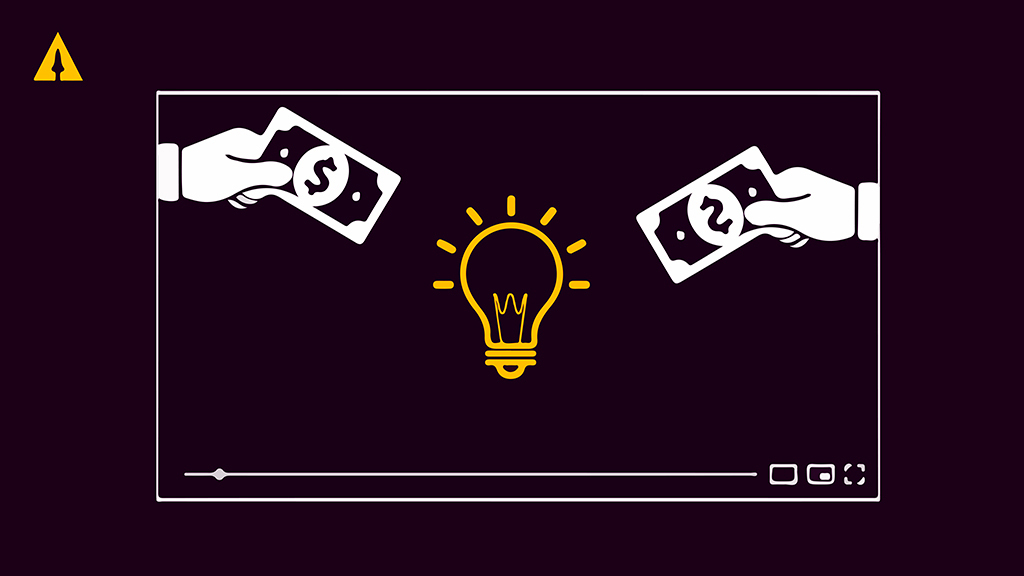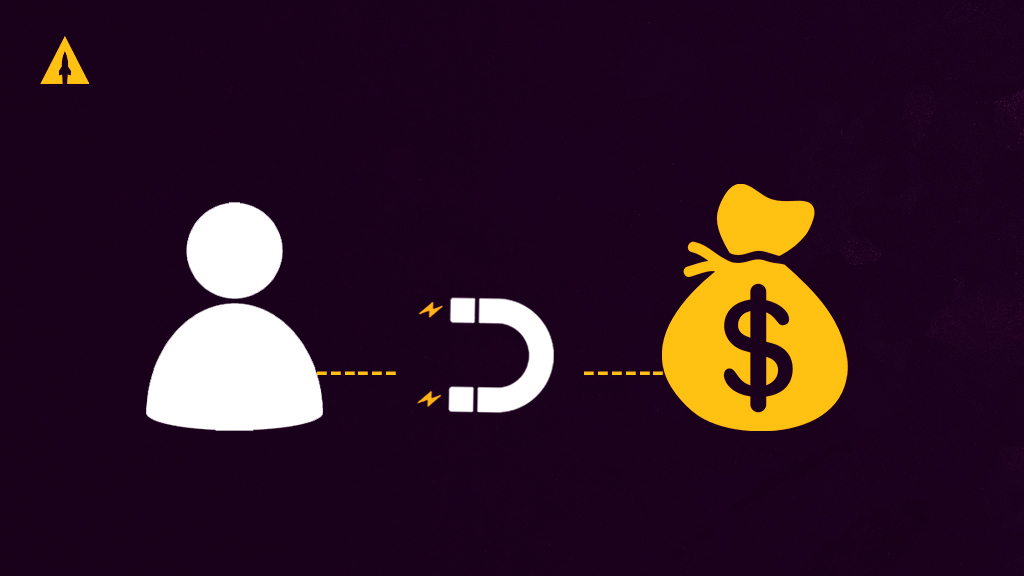
And how to manage it headache free using BackerKit.
Many campaign creators are surprised that selling their backers more product during the campaign is extremely difficult. This is because a backer can only pledge for one reward on Kickstarter.
You may be wondering, “why would I want to sell more product during the campaign?”
Let’s say that your main product for your campaign is a watch. You have hundreds of backers who back your reward level that gives them one watch & one leather strap.
Your leather straps come in 5 different styles and your backers are asking how they purchase more leather straps.
A first thought for many campaigners is to simply create a new reward for that combination. This is not the way to do it. Creating rewards for each unique combination will quickly get out of hand and having too many rewards will decrease your conversion rate on your campaign.
In this particular example, you’d have to create 5 rewards just to cover all the different single watch + leather strap combinations. Then, what if someone wants two watches + three leather straps… what if they want two watches + seven leather straps.
It gets complex fast.
Here’s a better way to upsell items during the campaign.
We utilize what we call an “add-on” menu. The general mechanics of this strategy are as follows:
- you choose which items you want to be available to your backers
- assign each item a unique price that won’t change
- inform your backers that if they want an add-on item, they must increase their pledge by the price of the add-on
- you will manage the add-ons using BackerKit post-campaign software
There are multiple ways to execute this strategy
We use upsells on almost every campaign we are working on because it is so effective. Here are a couple strategies we’ve used on different campaigns. These strategies are not mutually exclusive.
Strategy #1 — upsell within the reward copy

The example above is from the BaKblade 2.0 Kickstarter campaign. We knew that backers were going to be asking for extra blade packs so we added instructions directly in the rewards for how to get more blades.
Strategy #2 — upsell using campaign updates


The example above is from the Dr. Squatch campaign. Using campaign updates as an upsell medium is great because Kickstarter will email the update out to every backer.
For the button shown above, we linked backers to:
https://kickstarter.com/projects/82143503/dr-squatch-shampoo-and-conditioner/pledge/new/
This link takes them back to their pledge so they can add $20.
To use this link for yourself, simply take your project link and then add /pledge/new/ to the end of the link.
You can see the full update here.
Strategy #3 — upsell through direct messaging

The example above is from the Alpha Shovel Kickstarter campaign.
On Kickstarter, you are able to private message your backers. All private messages will go directly to the email inbox as well as their Kickstarter account.
This strategy is very effective because of how personal it is. We’ve even found that using the first name in the message has led to a much higher click-through-rate on our link.
To personally message a backer, go to your project page, click on Backer Report, click on a backer’s name, and then send them a message.
The link that is used in the example above is the same link we showed above for Dr. Squatch but hidden using bitly.com.
Okay, these are great, but how do you manage all of this?
When I tell people these strategies, their eyes usually light up, but then a look of dread comes over them…
This seem like a nightmare to manage!
They imagine having to keep meticulous notes on who upgraded and then pouring over spreadsheets at the end of the campaign to make sure everyone’s add-ons are accounted for.
Luckily, it’s much easier than that all thanks to our friends at BackerKit.
BackerKit is a software tool that we use on every campaign after the Kickstarter has ended. It allows us to:
- upload all of our backer information into their platform
- allow backers to customize their pledge and choose variations (size, color, etc.)
- create an upsell sequence full of add-ons
- gather our backer’s shipping information (Kickstarter doesn’t ask for this when they pledge)
- easily manage fulfillment of orders
For this article, we are most interested in the ability to upload our backer info into BackerKit & the ability to create an upsell sequence.
Here’s how BackerKit makes it easy.
When we upsell backers during the Kickstarter campaign, backers are actually pledging for “credit” on BackerKit.
Here’s an example to show how this works
Let’s say I backed the Alpha Shovel campaign for the $79 reward. I got the direct message above and decided that I want to add an extra saw so I increased my pledge by $20.
When I am invited into BackerKit after the campaign has ended, I am taken to a page that looks like this:

You can see at the top that I have $20 in credit.

You also see that the Saw with T-Grip is listed as an add-on I can buy with my credit.

Since I already pledged more on Kickstarter, I don’t have to worry about paying anymore through BackerKit.
With BackerKit, you are letting your backers manage their own orders and tell you what they pledged extra for on Kickstarter. This means zero headaches for the campaigner and a simple experience for your backers.





